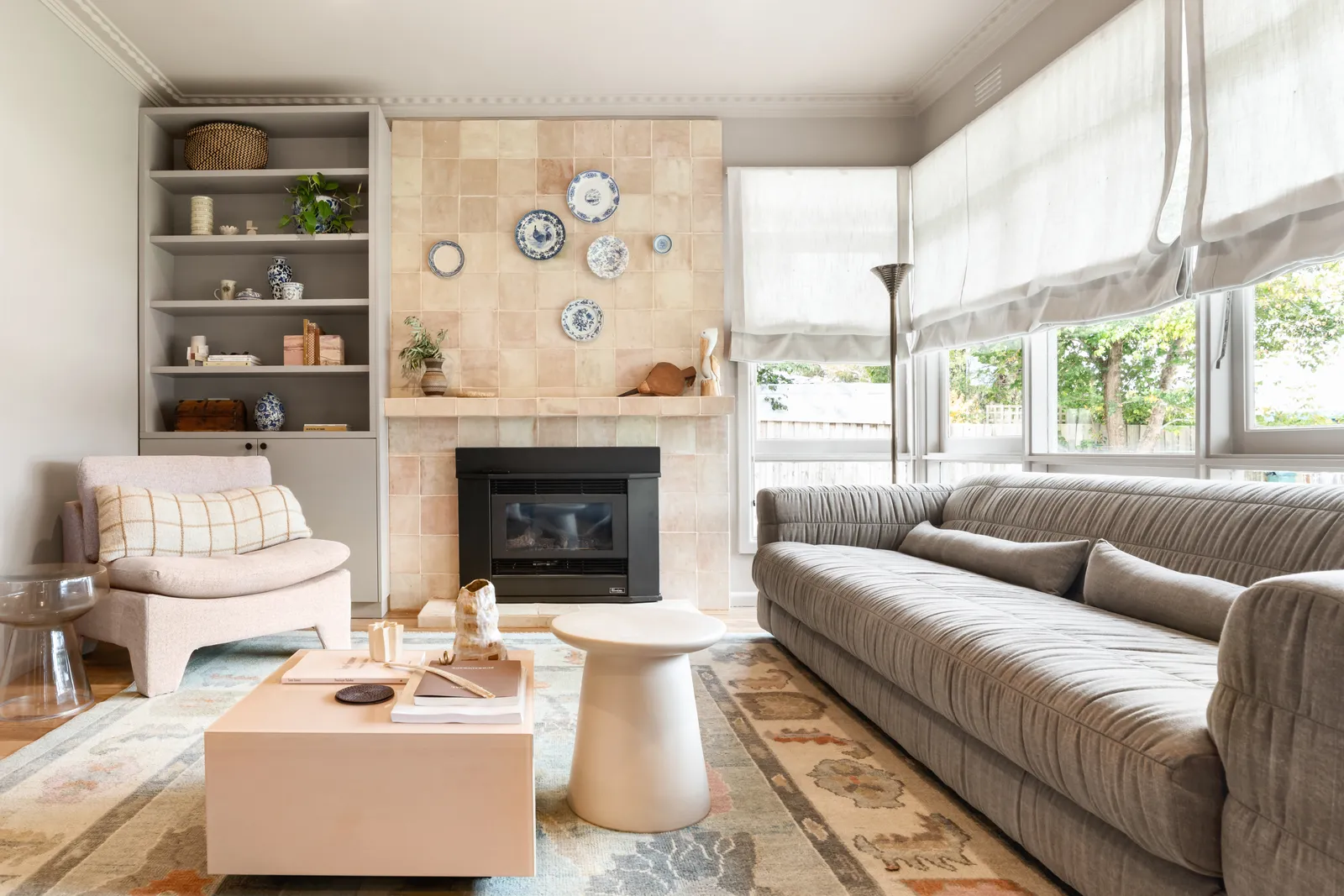In today’s fast-paced world, the concept of home as a sanctuary is more crucial than ever. Designing homes that radiate comfort extends beyond aesthetics to creating situations that surround you with warmth and tranquillity. In this post, we’ll look at how to design for comfort and transform your house into a cosy refuge.
Embracing Soft Furnishings
Indulge in the velvety comfort of throw pillows. These soft decorations, strategically placed on sofas, chairs, or beds, provide levels of comfort and aesthetic appeal. Combine textures and patterns to create a cosy atmosphere that encourages relaxation. Drape warm, snuggly wraps over furniture to create an instant sense of cosiness. Choose soft materials such as fleece or knitted blankets to create an inviting environment for relaxing after a hard day.
Warmth in Lighting
Choose lighting that casts a soft glow. Warm-toned bulbs and fixtures with dimmer switches allow you to customise the ambience to different moods, resulting in a comfortable and intimate environment. Place table and floor lamps strategically to give specific sections a softer glow. These accent lights not only serve a useful purpose but also help to create a warm and inviting ambience.
Greenery for Serenity
Incorporate indoor plants to add a touch of nature. Plants not only improve visual appeal, but they also promote a sense of calm and well-being. Select low-maintenance types for simple care. Other than that, you can mix in natural materials such as stone and wood into your décor. These pieces not only bring warmth, but they also link your area to the calming impact of nature.
Layering for Tactile Comfort
Layer rugs in strategic spots to provide comfort underfoot. Plush rugs in the living room or bedroom provide a cosy ambience and improve the tactile comfort of the space. Choose upholstery and materials with haptic properties. From velvets to knits, combining diverse materials gives depth and comfort, enabling you to relax and unwind.
Creating Nooks of Comfort
Create a designated reading area complete with a comfortable chair, gentle lighting, and a small bookcase. This personalised retreat offers a refuge for relaxation and quiet reflection. Turn bay windows or alcoves into cosy window seats. When adorned with pillows and throws, these areas transform into welcoming corners for taking in natural light and relaxing moments.
Ergonomic Furniture Options
Invest in ergonomic furniture that prioritises comfort while maintaining design. Sofas and chairs with adequate cushioning and proper support improve the usefulness of your area while also contributing to a comfortable ambience. Also, be sure to consider multifunctional furniture pieces that fulfil two or more functions. Ottomans with storage, for example, enhance comfort while also providing practical decluttering options.
Conclusion
Designing for comfort is an art form that incorporates warmth, texture, and practicality into the fabric of your living spaces. Prioritising comfort, whether via the use of soft furniture, the soothing impact of nature, or the skill of a Singapore interior design company, transforms your home into a haven where relaxing is not only a luxury but a way of life. As you begin your design journey, let the goal of comfort influence your decisions, resulting in spaces that capture the essence of comfortable living.


